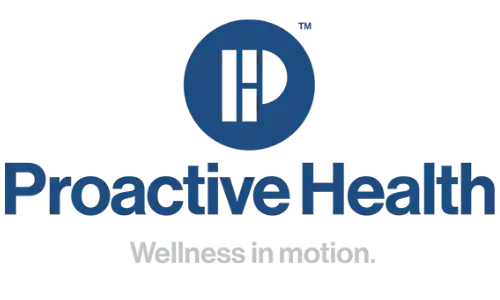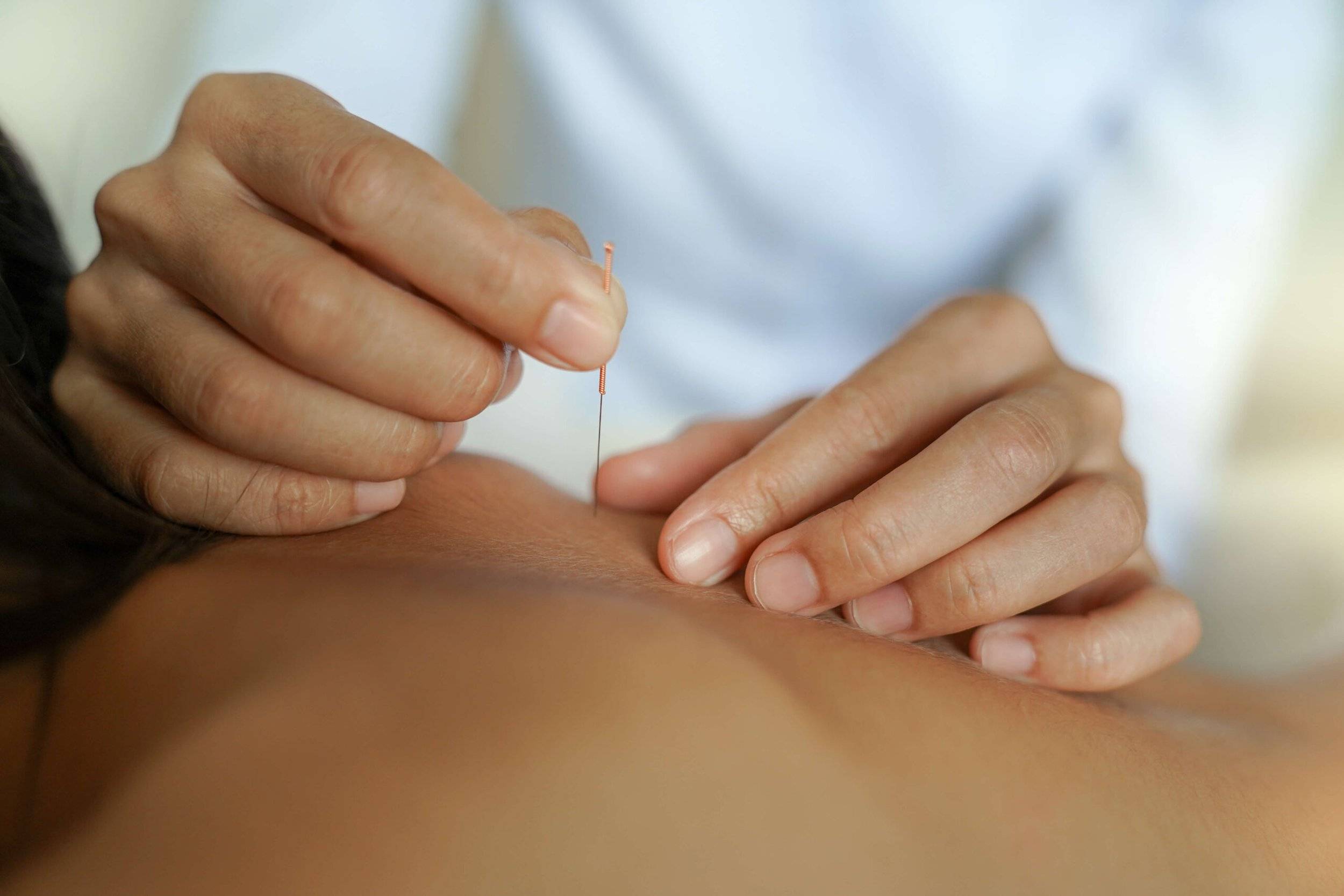Dry Needling Techniques in Physiotherapy Treatment Modalities
Introduction to Dry Needling
What is Dry Needling?
- Definition and Basic Concepts: Dry needling is a specialized treatment that involves inserting thin needles into specific points of the muscle, known as trigger points. This technique aims to release knots and relieve muscle pain and tightness.
Historical Background
- Development and Adoption in Physiotherapy: Originally developed as a part of acupuncture, dry needling has evolved into a widely accepted practice within modern physiotherapy, distinct for its focus on Western anatomical and neurophysiological principles.
Key Components of Dry Needling
Mechanism of Action
- How Dry Needling Works at the Muscular Level: By targeting trigger points, dry needling helps reduce pain, ease muscular tension, and improve range of motion.
Equipment and Materials Used
- Types of Needles: Specialized non-injectable needles designed for targeted muscle therapy.
- Safety Equipment: Sterile techniques and single-use gloves ensure a safe and hygienic procedure.
Dry Needling Treatment Modalities
Modalities of Dry Needling
- Trigger Point Dry Needling (TDN): Focuses on relieving pain through direct needle insertion into the muscle’s trigger points.
- Intramuscular Stimulation (IMS): Uses needles to target deeper tissues for chronic pain conditions.
Models of Dry Needling
- Integrative Model: Combines dry needling with other therapeutic modalities such as Physiotherapy.
- Biomedical Model: Approaches treatment from a purely physiological standpoint, focusing on the direct effects of needle insertion on muscle tissue.
Application of Dry Needling in Physiotherapy
Common Conditions Treated
- Musculoskeletal Disorders: Such as back pain and arthritis.
- Myofascial Pain Syndrome: Chronic pain disorder caused by sensitivity and tightness in your myofascial tissues.
Procedure and Techniques
- Assessment and Diagnosis: Identifying the correct trigger points for treatment.
- Needle Insertion Techniques: Specific methods for inserting needles based on the condition being treated.
Benefits and Efficacy of Dry Needling
Clinical Benefits
- Pain Management: Significant reduction in pain levels post-treatment.
- Improved Mobility and Function: Enhances flexibility and increases range of motion.
Supporting Evidence
- Research and Case Studies: Studies showcasing the effectiveness and safety of dry needling.
Considerations and Precautions
Potential Risks and Side Effects
- Minor Bleeding and Bruising: Common, yet minor side effects of dry needling.
- Post-treatment Discomfort: Temporary soreness post-procedure.
Patient Selection Criteria
- Contraindications for Dry Needling: Including specific conditions where dry needling may not be advised.
FAQs on Dry Needling
What are the modalities of dry needling?
The treatment modalities include Trigger Point Dry Needling and Intramuscular Stimulation among others.
What are the models of dry needling?
Dry needling is practiced under two main models: Integrative and Biomedical.
How many dry needling treatments are there?
The number of treatments varies based on the patient’s condition and response to therapy.
What are the different types of needling?
Types include superficial and deep dry needling, each targeting different depths of muscle tissue.
For personalized care and the latest in diagnostic tools in physiotherapy, consider booking an appointment with Proactive Health. Our comprehensive services include Physiotherapy, Registered Massage Therapy, Kinesiology, Fascial Stretch Therapy, Active Rehab, and Bodyworker sessions.



